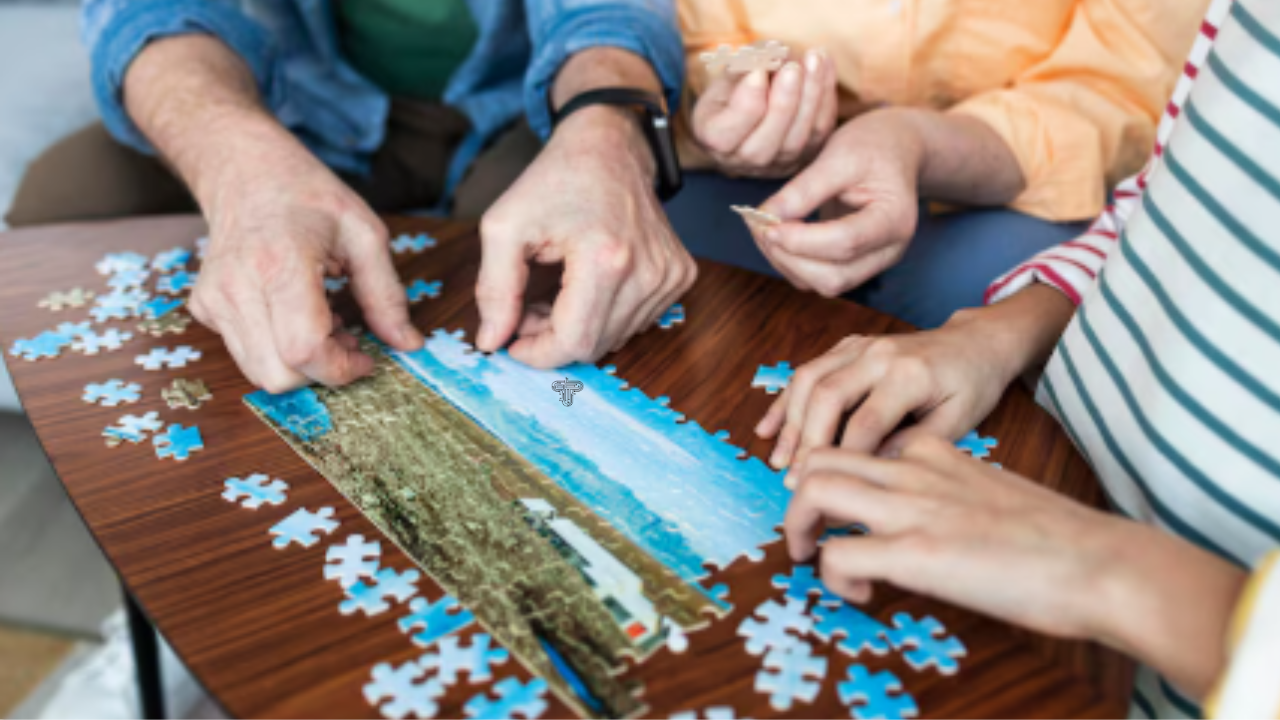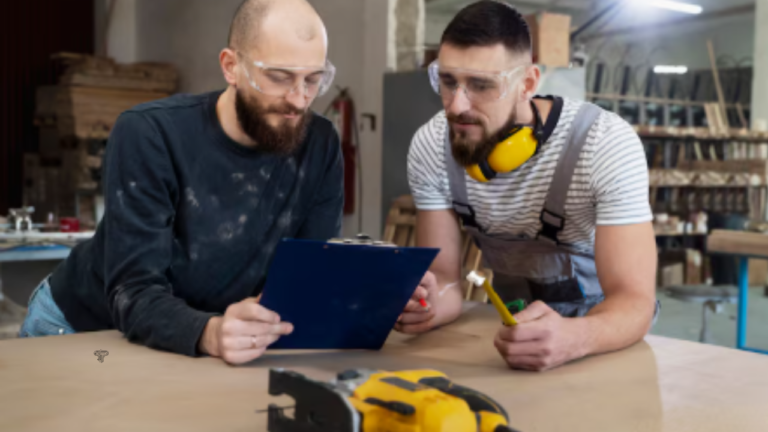5 tips for keeping 3D puzzle pieces organized during assembly
Building a 3D puzzle can feel rewarding, but it often becomes frustrating if pieces get misplaced or mixed up. Staying organised from the start makes the process smoother and helps avoid wasted time searching for the right parts. A good organisation keeps the puzzle enjoyable and prevents small mistakes from slowing progress.
Simple habits, such as separating pieces, keeping tools close by, and maintaining a tidy workspace, make a noticeable difference. With the right setup, anyone can focus more on the puzzle itself instead of dealing with clutter or confusion. This article shares five practical tips that help keep every piece in order throughout assembly.
Use sorting trays with multiple compartments to separate pieces by colour or shape
Sorting trays with several compartments help keep puzzle pieces organised and easy to find. Each section can hold pieces grouped by colour, shape, or pattern, which reduces clutter on the table and makes the assembly process smoother. This approach is especially useful for larger 3D puzzles that include many small and detailed parts.
By separating pieces into trays, builders can focus on one section of the puzzle at a time without distraction. For example, all edge pieces can go in one tray, while interior pieces of the same colour sit in another. This simple method saves time and prevents pieces from being misplaced.
Those starting out with 3D puzzles for beginners may find trays particularly helpful. Beginners often feel overwhelmed by the number of pieces, and trays create a clear system that makes the puzzle less confusing. As a result, the process becomes more enjoyable and less frustrating.
Stackable trays also help keep the workspace tidy. They can be stored easily between sessions, which is useful if the puzzle takes several days to complete. This keeps pieces safe and ready for the next step.
Keep small bowls or containers nearby to hold frequently used pieces and prevent loss
Small bowls or containers help keep puzzle pieces from sliding across the table or getting misplaced. By grouping pieces in these holders, a person can quickly reach for what they need without sorting through a scattered pile. This saves time and reduces frustration.
It also makes sense to separate pieces by type. For example, edge pieces can go into one bowl, while unique shapes can stay in another. This method keeps the workspace clearer and allows the builder to focus more on assembly.
Containers also prevent pieces from falling onto the floor or mixing with unrelated items on the table. A simple dish, cup, or storage box works well, so there is no need for special equipment.
This approach helps maintain order during breaks, too. Pieces remain safe in their containers, so progress does not get disrupted if the puzzle must be left unfinished for a while.
Label compartments or trays clearly to speed up retrieval during assembly
Clear labels on trays or compartments help players find the right pieces quickly. Each section can hold pieces sorted by colour, shape, or design, and a simple label makes it easy to know what belongs where. This reduces wasted time searching through mixed piles.
Labels also prevent confusion once pieces start to look similar. For example, edge pieces can be marked separately from centre pieces. This method keeps the workspace tidy and supports steady progress without unnecessary delays.
In addition, labels make it easier to return pieces to the correct spot after use. Instead of leaving them scattered, players can place them back in the labelled section. This habit keeps the puzzle area orderly throughout the build.
A clear system benefits both solo and group assembly. Each person knows exactly where to find pieces, which avoids repeated questions or mix-ups. As a result, the assembly process becomes smoother and more efficient.
Maintain a clean, dedicated workspace free from clutter to avoid mixing pieces
A clear workspace helps prevent puzzle pieces from getting lost or confused with unrelated items. Loose papers, pens, or random objects can easily hide small parts, which slows progress and causes frustration. A tidy desk or table makes it easier to see each piece and focus on the task.
It is best to use a flat, stable surface that remains free from food, drinks, or unnecessary tools. Even a small spill or distraction can disrupt the organisation of pieces. By keeping the area reserved only for the puzzle, the builder reduces the chance of misplacing parts.
Regularly clearing the space also supports better concentration. Research shows clutter can distract the mind and reduce efficiency, while an organised area helps maintain focus. Therefore, tidying up before and during assembly allows the builder to stay consistent and avoid mix-ups.
In addition, a dedicated area prevents the puzzle from being disturbed by others. This separation keeps the pieces safe and makes it easier to return to the project without starting over.
Keep essential tools like tweezers or cutters within easy reach for precise handling
Small tools such as tweezers, craft knives, or cutters help a person grip and adjust puzzle pieces with greater accuracy. They allow delicate parts to be lifted or trimmed without damaging the edges, which keeps the puzzle in good condition.
Placing these tools close to the work area saves time and reduces unnecessary movement. A simple tool tray, pouch, or belt can keep them organised and ready for use. This setup also helps prevent misplacing items during assembly.
Tweezers work well for handling tiny connectors or pieces that fit tightly together. Cutters or small knives are useful for trimming excess material or separating pieces that stick. Each tool serves a clear purpose, so keeping them nearby supports a smoother process.
Good organisation of tools also improves safety. Sharp items stored properly reduce the chance of cuts or accidents. As a result, the builder can focus on the puzzle itself without distraction.
Tech Blaster
Conclusion
Staying organised during a 3D puzzle project helps reduce stress and makes the process smoother. Simple habits like sorting pieces, keeping tools close, and using trays or containers give structure to the workspace.
These methods allow builders to focus on assembly rather than searching for missing parts. As a result, progress feels steady and mistakes become less likely.
By applying these tips, anyone can maintain order and enjoy the challenge of 3D puzzles with greater ease.







